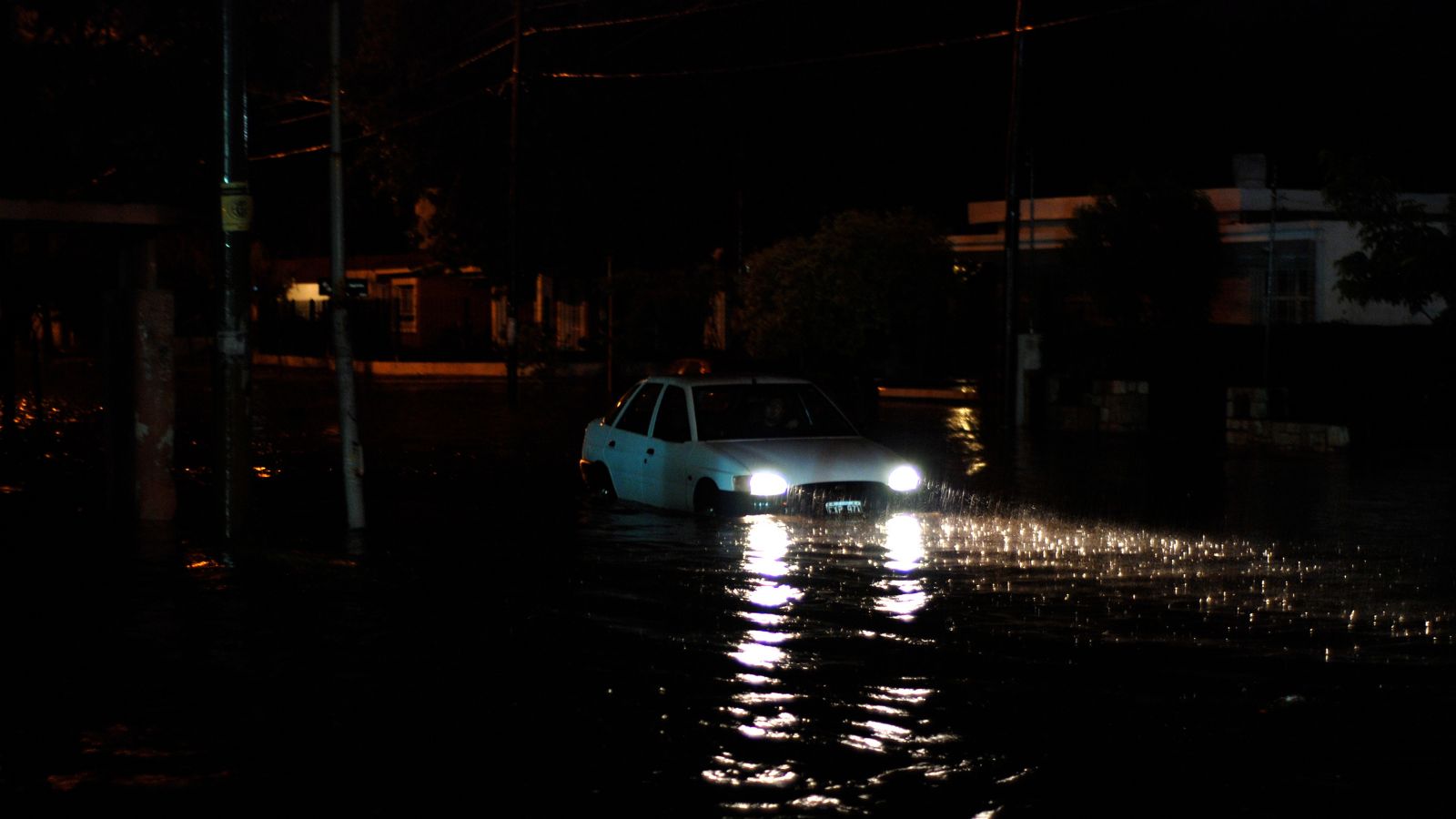Flash floods can sweep cars off the ground, wash out bridges and roadways, and cause devastating mudslides.
“Flash floods are deadly. They tend to be more deadly than tornadoes,” says Jonathan Gourley of the National Oceanic and Atmospheric Administration’s National Severe Storms Laboratory.
He says flash floods are becoming more common.
“As the climate changes and we warm, we see much more intense rainfall rates, and with that, we can have more frequent and extreme flash flooding events,” he says.
Gourley’s team developed a new system for monitoring and predicting flash floods. It combines hyperlocal radar measurements of rainfall with detailed data about elevation, hydrology, soil moisture, vegetation, and other information.
“Is it concrete and flat there, or do we have a forested area?” Gourley says.
The system models what will happen to rain once it hits the ground in a particular place — for example, how much of it will be able to soak into the earth and in what direction it will flow if it cannot be absorbed.
So the system is helping forecasters nationwide issue more accurate, precise, and timely alerts to help keep people safe from dangerous flash floods.
Reporting credit: Sarah Kennedy / ChavoBart Digital Media
Source link


